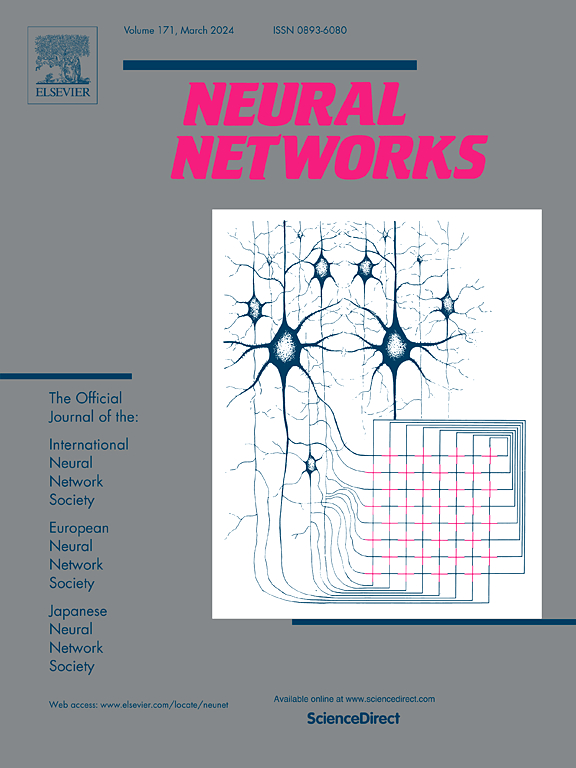Multi-level social network alignment via adversarial learning and graphlet modeling
IF 6
1区 计算机科学
Q1 COMPUTER SCIENCE, ARTIFICIAL INTELLIGENCE
引用次数: 0
Abstract
Aiming to identify corresponding users in different networks, social network alignment is significant for numerous subsequent applications. Most existing models apply consistency assumptions on undirected networks, ignoring platform disparity caused by diverse functionalities and universal directed relations like follower–followee. Due to indistinguishable nodes and relations, subgraph isomorphism is also unavoidable in neighborhoods. In order to precisely align directed and attributed social networks, we propose the Multi-level Adversarial and Graphlet-based Social Network Alignment (MAGSNA), which unifies networks as a whole at individual-level and learns discriminative graphlet-based features at partition-level simultaneously, thereby alleviating both platform disparity and subgraph isomorphism. Specifically, at individual-level, we relieve topology disparity by the random walk with restart, while developing directed weight-sharing network embeddings and a bidirectional optimizer on Wasserstein graph adversarial networks for attribute disparity. At partition-level, we extract overlapped partitions from graphlet orbits, then design weight-sharing partition embeddings and a hubness-aware refinement to derive discriminative features. By fusing the similarities of these two levels, we obtain a precise and thorough alignment. Experiments on real-world and synthetic datasets demonstrate that MAGSNA outperforms state-of-the-art methods, exhibiting competitive efficiency and superior robustness.
求助全文
约1分钟内获得全文
求助全文
来源期刊

Neural Networks
工程技术-计算机:人工智能
CiteScore
13.90
自引率
7.70%
发文量
425
审稿时长
67 days
期刊介绍:
Neural Networks is a platform that aims to foster an international community of scholars and practitioners interested in neural networks, deep learning, and other approaches to artificial intelligence and machine learning. Our journal invites submissions covering various aspects of neural networks research, from computational neuroscience and cognitive modeling to mathematical analyses and engineering applications. By providing a forum for interdisciplinary discussions between biology and technology, we aim to encourage the development of biologically-inspired artificial intelligence.
 求助内容:
求助内容: 应助结果提醒方式:
应助结果提醒方式:


